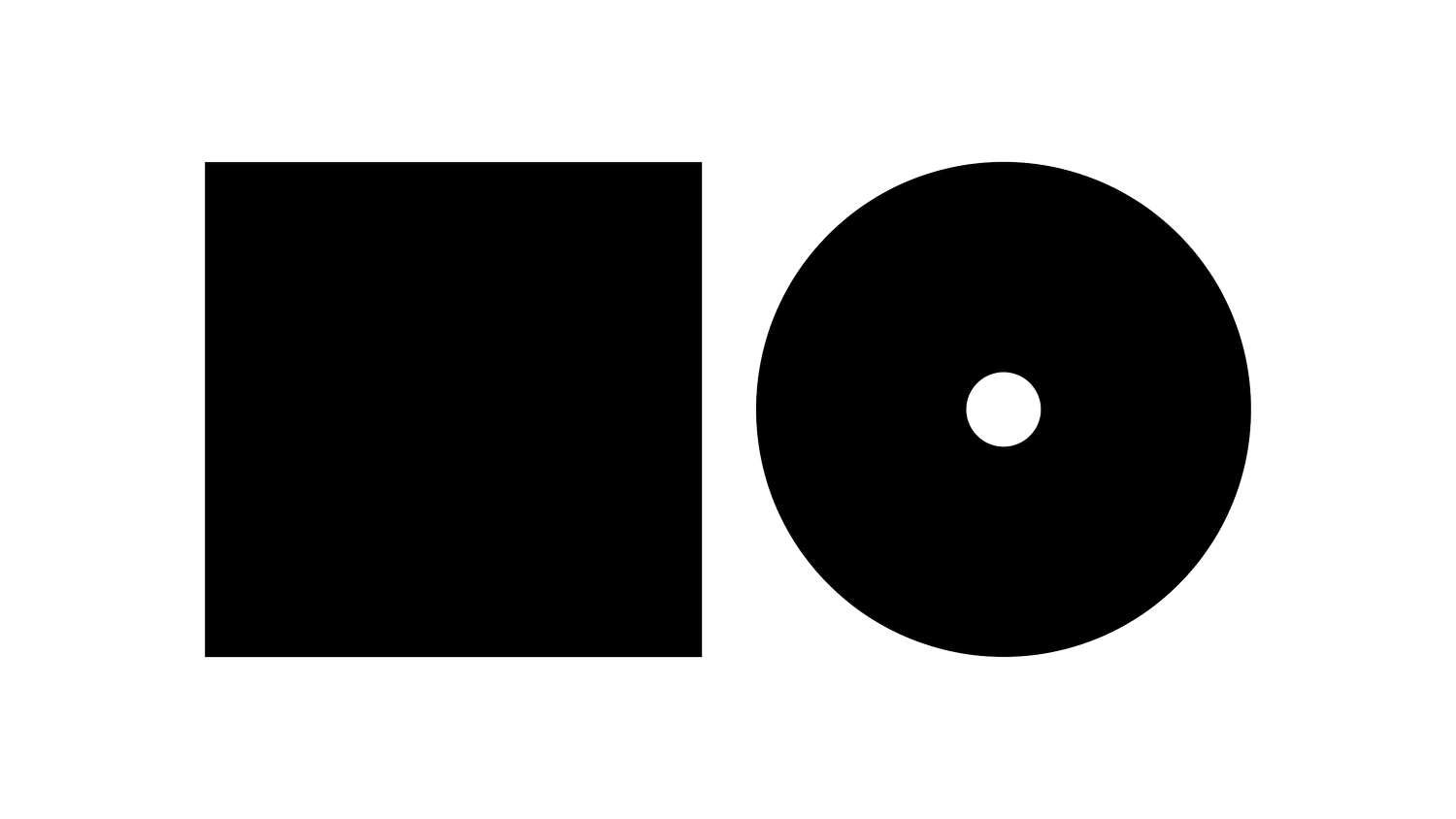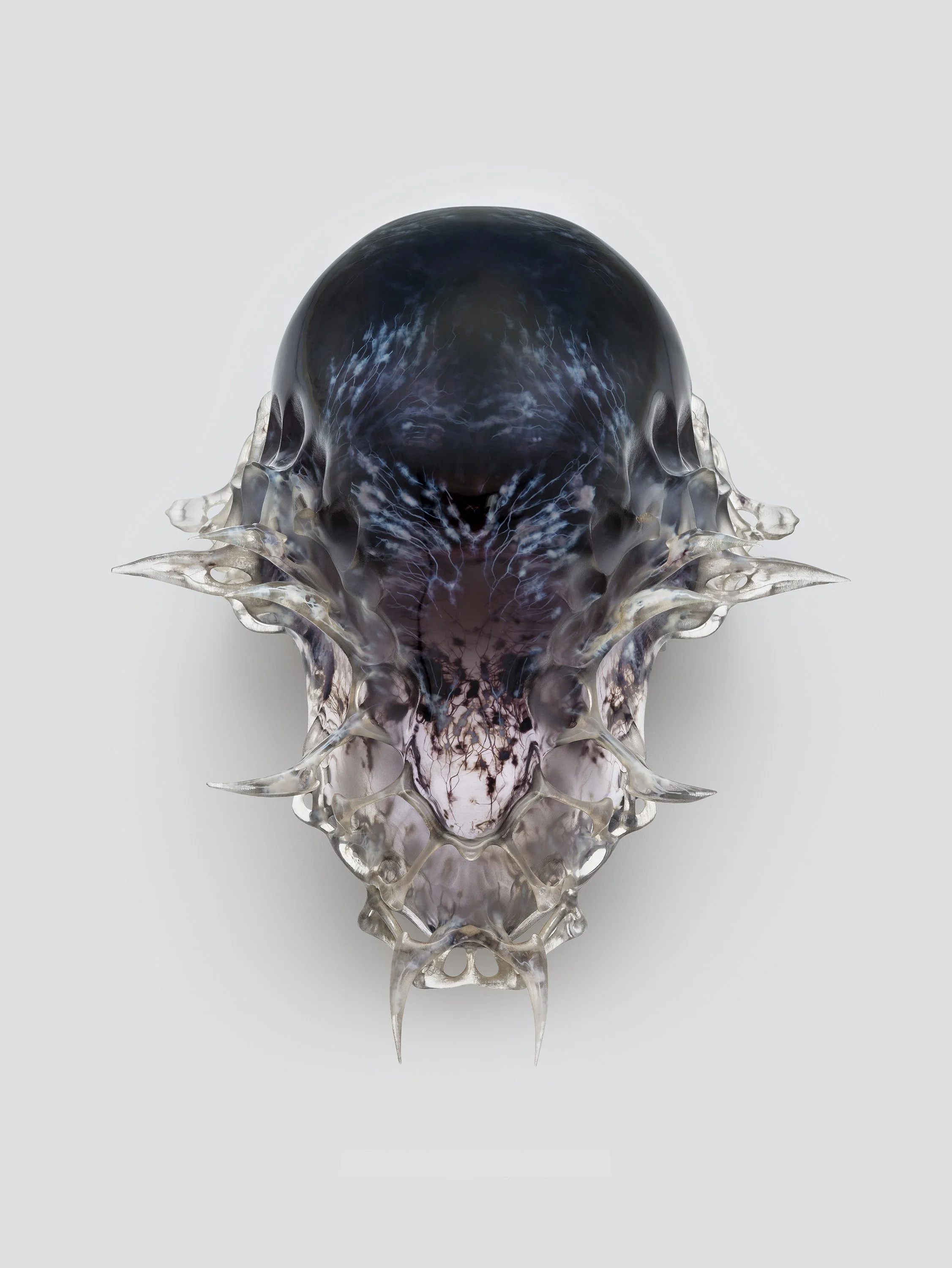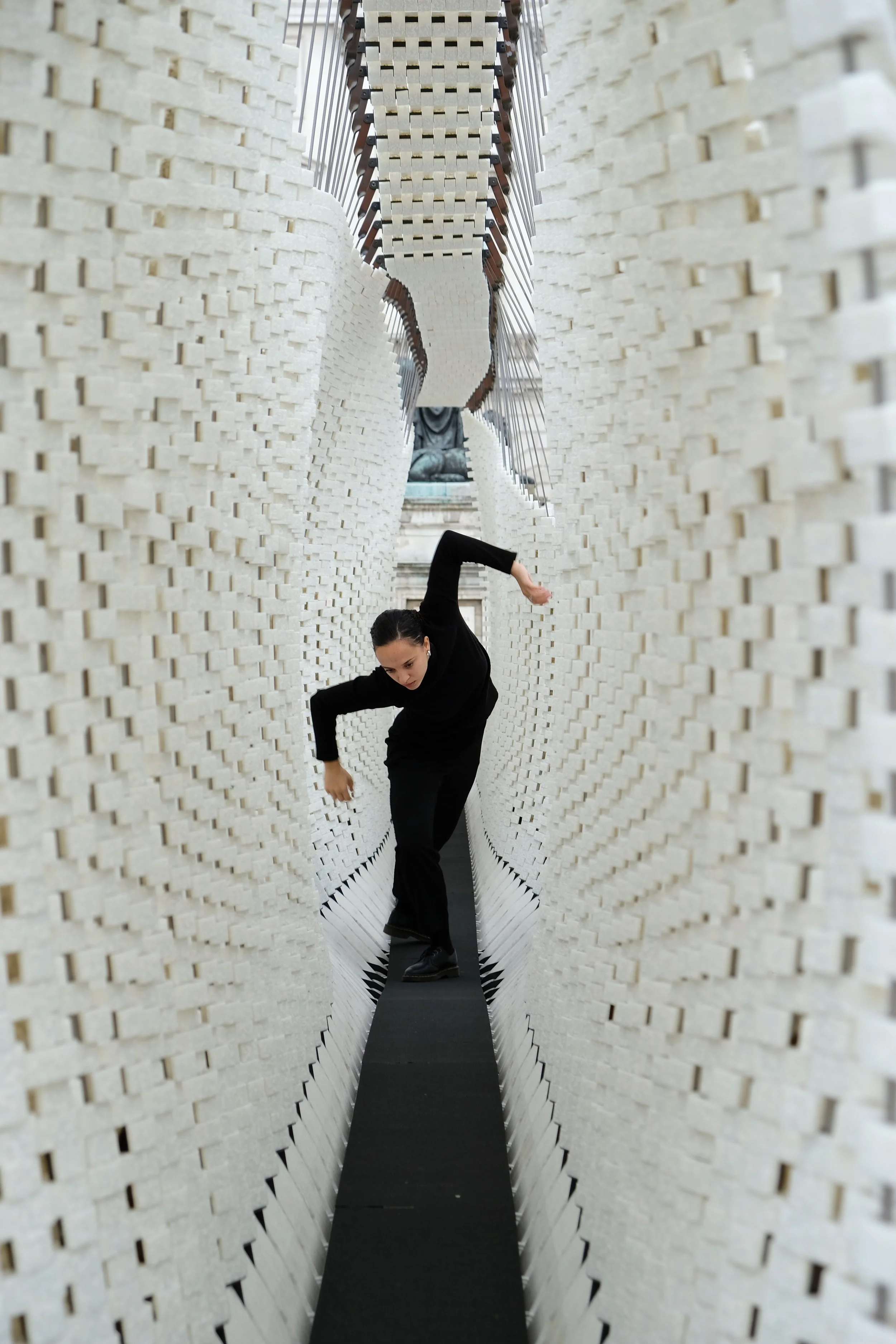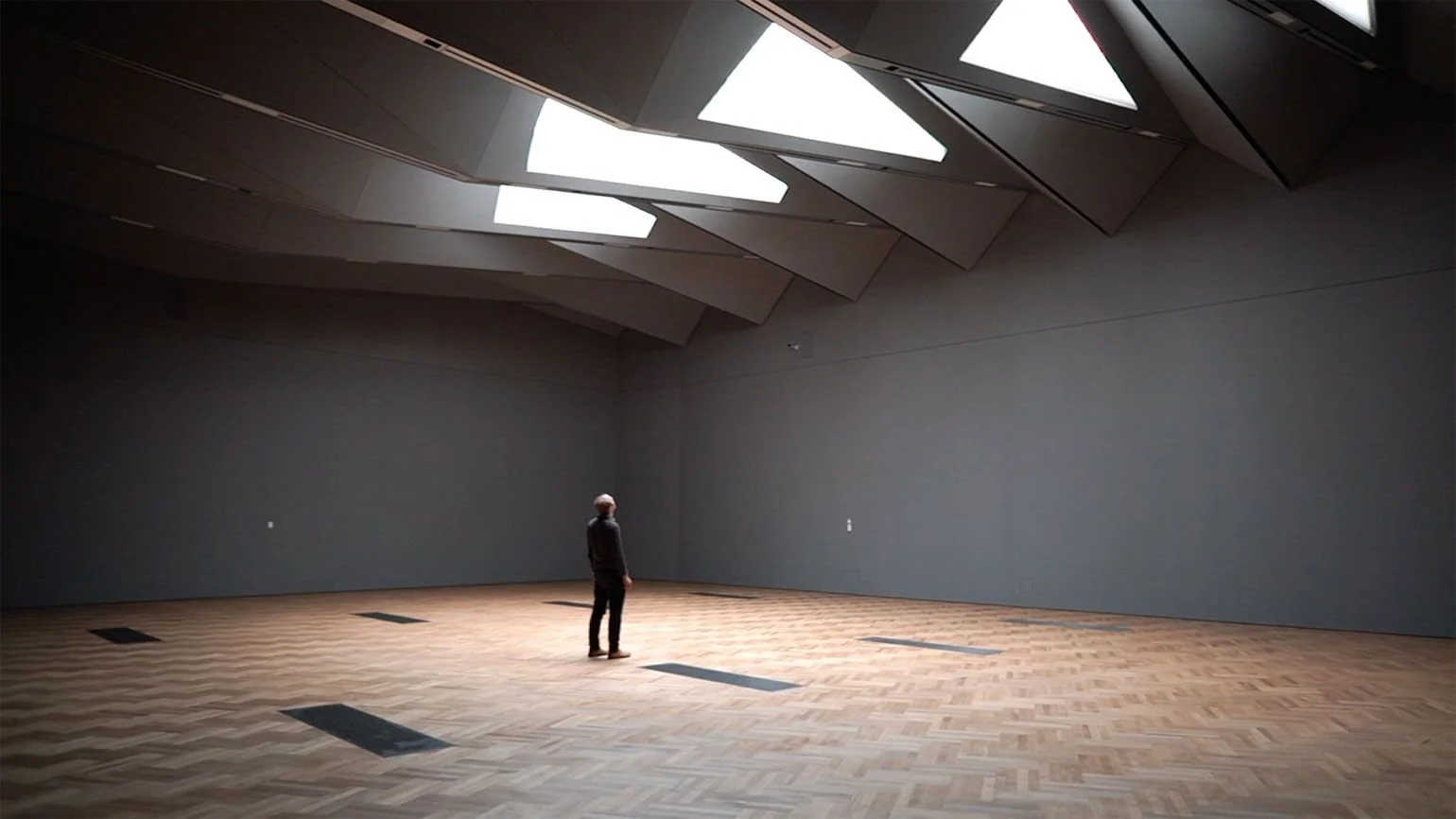P R O L E A R N
Parametric Design is a process based on algorithmic thinking that uses parameters and rules to define the relationship between design intent and design response. It enables the creation of complex geometries and structures that can be easily modified by adjusting input parameters.
Key Characteristics
Algorithmic Thinking: Utilises computational processes to generate and manipulate designs.
Flexibility: Allows for rapid iterations and adjustments through parameter modification.
Complexity Management: Enables the creation and control of complex geometries and relationships.
Benefits
Design Exploration: Parametric design can generate multiple design options 50-70% faster than traditional methods.
Optimization: Allows for quick testing and refinement, potentially improving design performance by 20-30%.
Efficiency: Can reduce design time by up to 50% for complex projects.
Challenges and Considerations
Learning Curve: Requires understanding of computational design principles and software.
Over-Complexity: Risk of creating overly complex models that are difficult to manage.
Balance with Intuition: Ensuring that algorithmic processes don't overshadow design intuition and creativity.
Innovative Applications
Adaptive Facades: Creating building skins that respond to environmental conditions.
Structural Optimization: Generating efficient structural forms for bridges and buildings.
Product Customization: Enabling mass customization in product design.
Future Outlook
As computational power increases and AI integration advances, we can expect parametric design to become more intuitive and accessible. This may lead to more widespread adoption across various design fields and the emergence of new design paradigms.
Call to Action:
Evaluate how parametric design could enhance your design processes. Consider investing in training or pilot projects to explore its potential in creating more efficient, adaptable, and innovative designs.










